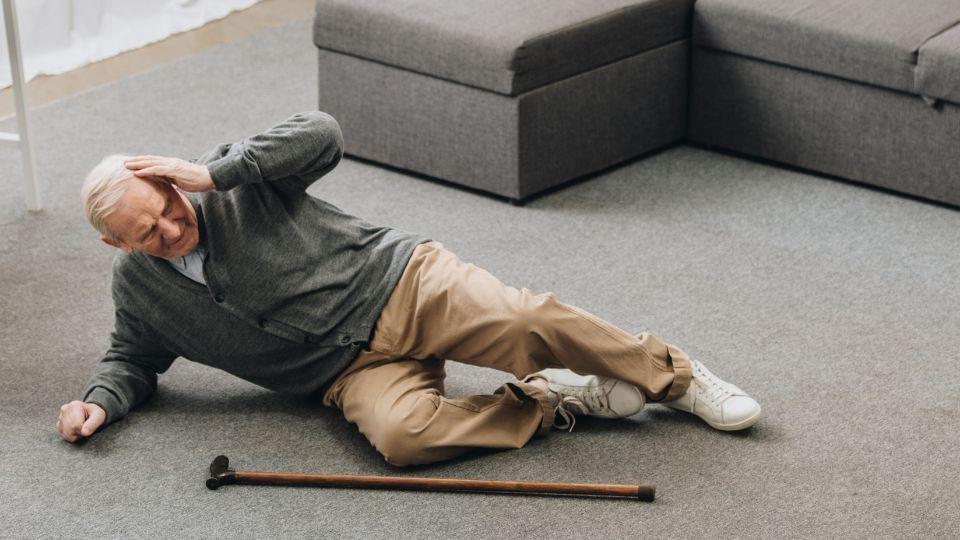Let’s address of the biggest fears for many of the older clients we work with at Range of Motion.
The inability to get up off the floor.
At best, the crawl across the living room to get assistance from the nearest couch can be really embarrassing. It’s a humiliating end to what can be a special time playing with the grandkids.
At worst, being stuck on the ground with a broken wrist or hip (and no phone within reach) can be downright life-threatening.
So what can we do about this? What exercises can you be doing to ensure that if you do have a fall, you’re able to get back to your feet without damage to your pride, or threat to your life?
Here are our top three.
Sit-up:
If you’re stuck on your back and unable to roll over or pull yourself up to a seated position, it’s hard to begin the process of getting off the ground. This is where the ‘sit-up’ can help. An exercise that’s been around as long as people have been going to gyms, don’t underestimate how beneficial it can be.
And it’s really simple. Lie on your back and get yourself to a seated position. We don’t mind if your legs are bent or straight, if you swing your arms, or if you grab your legs to help ‘pull’ yourself up. In an emergency, the aim is to get to a seated position, how you do that doesn’t matter.
A final word on the sit-up. It’s definitely not our favourite exercise to do for lots of reps (to build stamina and endurance). There is the potential to cause back pain if you do too many. However, for a low number of reps, as a strength exercise, it’s an important part of your ‘get off the ground’ tool kit.
Like sit-ups, burpees are nothing new. And like sit-ups, the way we choose to use them for an older population is different to how you might see them done in the gym.
In a gym, you’ll see people doing rep after rep after rep. Bouncing around with ease.
That’s not how we recommend you use them in your ‘get off the floor’ program.
Instead, we’ll use them for their benefits to strength, mobility and coordination.
Although they might be called ‘burpees’, really all they are is going from a prone position (lying on your front) to a standing position. Of course, this is the exact same movement we’re looking to train, so it’s no surprise they’ve made our list.
And again, we’re less concerned about HOW you get from the floor to standing, and more concerned that you CAN get from the floor to standing.
Spend the time to develop this skill, finding the easiest and most efficient way to do it. That way, when you need the skill, you’ve got it.
So you’ve used a sit-up to get to a seated position, or you’re on your hands and knees half way through a burpee.
Now what?
Now, you need to do a lunge. You’re in what we call a ‘half kneeling’ position – one foot on the ground, one knee on the ground.
From this position, simply stand up. Simple… but not easy. Not easy because it takes a lot of strength. And this is the strength you’ll need to help give ‘future you’ the tools you’ll need to get back to your feet.
Of course, all these movements need to be a work in progress.
A lot of the people we work with cannot do all three (if any), but our Personal Coaches work through progressions to build the strength required to complete a sit-up, a lunge and a burpee. And ultimately, to be able to get off the floor.
Range of Motion, in Osborne Park, provides Exercise Physiology Services for NDIS participants. An exceptionally high standard of one-on-one expert care, in a safe, friendly environment. Learn more about our exercise programs for NDIS participants.





